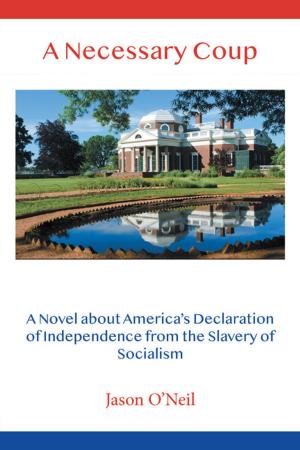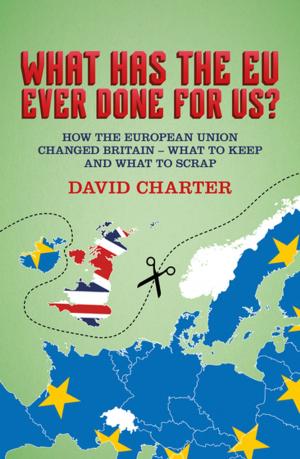Turning Point
The Changing Landscape for Women Candidates
Nonfiction, Social & Cultural Studies, Political Science, Politics, Practical Politics| Author: | Barbara Lee Family Foundation | ISBN: | 9780974891361 |
| Publisher: | Barbara Lee Family Foundation | Publication: | June 10, 2011 |
| Imprint: | Language: | English |
| Author: | Barbara Lee Family Foundation |
| ISBN: | 9780974891361 |
| Publisher: | Barbara Lee Family Foundation |
| Publication: | June 10, 2011 |
| Imprint: | |
| Language: | English |
The 2010 election was the most partisan and polarized in recent American history. Political partisanship trumped all other factors in voters’ decisions, and a desire for change drove many voters to the polls. Voters were conflicted — wanting candidates with government experience and candidates they saw as outsiders able to implement change. Amid this polarization and partisanship, voters’ views on gender and executive leadership shifted. Our 2010 polling and focus groups showed that gender had significantly less impact on voters’ decisions. Women competed in similar ways as their male counterparts, able to convey key traits to voters in equally persuasive ways. In fact, for the first time in our 12 years of research, we found more strategic advantages than disadvantages for women candidates. In other words, gender may now give women candidates an edge. Several candidate qualities that were once a priority for voters but challenging for women to demonstrate, such as toughness, are being replaced by more gender-neutral qualities, such as problem- solving and strength. Voters now rate women and men candidates equally on measures of economic competence. Essential for a winning campaign, credibility on the economy once put women at a disadvantage. That’s no longer automatically true. These shifts eliminate a number of roadblocks women candidates historically have faced in campaigns for executive office. But in becoming less unique to voters, women candidates also have lost some key advantages. In this guide, we take a closer look at voters’ complex views of women gubernatorial candidates in 2010. First, we review key traits shaping voters’ impressions and examine women’s newfound credibility on the economy. We then delve into the advantages and disadvantages of gender. Our voter spotlight looks at the preferences of younger women voters and independent voters. We also look ahead to the unique challenges presented by woman vs. woman races. Finally, we offer advice to campaign teams.
The 2010 election was the most partisan and polarized in recent American history. Political partisanship trumped all other factors in voters’ decisions, and a desire for change drove many voters to the polls. Voters were conflicted — wanting candidates with government experience and candidates they saw as outsiders able to implement change. Amid this polarization and partisanship, voters’ views on gender and executive leadership shifted. Our 2010 polling and focus groups showed that gender had significantly less impact on voters’ decisions. Women competed in similar ways as their male counterparts, able to convey key traits to voters in equally persuasive ways. In fact, for the first time in our 12 years of research, we found more strategic advantages than disadvantages for women candidates. In other words, gender may now give women candidates an edge. Several candidate qualities that were once a priority for voters but challenging for women to demonstrate, such as toughness, are being replaced by more gender-neutral qualities, such as problem- solving and strength. Voters now rate women and men candidates equally on measures of economic competence. Essential for a winning campaign, credibility on the economy once put women at a disadvantage. That’s no longer automatically true. These shifts eliminate a number of roadblocks women candidates historically have faced in campaigns for executive office. But in becoming less unique to voters, women candidates also have lost some key advantages. In this guide, we take a closer look at voters’ complex views of women gubernatorial candidates in 2010. First, we review key traits shaping voters’ impressions and examine women’s newfound credibility on the economy. We then delve into the advantages and disadvantages of gender. Our voter spotlight looks at the preferences of younger women voters and independent voters. We also look ahead to the unique challenges presented by woman vs. woman races. Finally, we offer advice to campaign teams.















